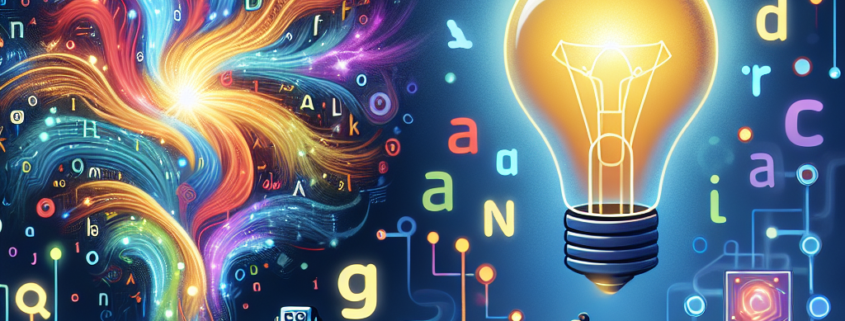Microsoft’s Turing Natural Language Generation (T-NLG) and Facebook’s RoBERTa are both large language models that have made significant contributions to the field of natural language processing (NLP). Here are some key points about each model:
### Microsoft’s Turing Natural Language Generation (T-NLG)
– **Parameters**: T-NLG is a 17-billion-parameter language model, making it one of the largest models at the time of its release.
– **Applications**: It excels in various practical tasks, including summarization and question answering. It is also used for direct question answering and zero-shot question capabilities.
– **Development**: T-NLG was developed using the DeepSpeed library and ZeRO optimizer, which allowed for efficient training of large models.
### Facebook’s RoBERTa
– **Parameters**: RoBERTa is a transformer-based model that was trained on a massive amount of text data.
– **Improvements**: It improves on BERT’s language masking strategy by removing the next-sentence pretraining objective and using larger mini-batches and learning rates.
– **Performance**: RoBERTa achieved state-of-the-art results on several NLP benchmarks, including the General Language Understanding Evaluation (GLUE) benchmark, and matched the performance of XLNet-Large.
### Popularity
Both models are part of the larger family of transformer-based language models that have revolutionized NLP. They are widely used and cited in research and industry applications. The popularity of these models is evident from their extensive use in various tasks, including sentiment analysis, question-answering, text classification, and machine translation.
In summary, both T-NLG and RoBERTa are highly popular and influential models in the field of NLP, known for their large scale and advanced capabilities.



